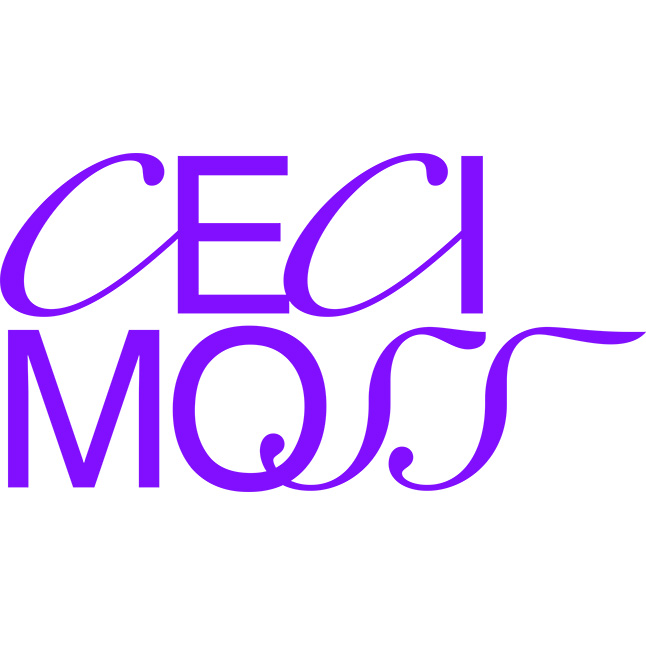
A conversation between Ceci Moss and Nicholas O’Brien
- PUBLICATION Metaverse Creativity
- DATE December 2013, Volume 3, Issue 1-2
- PDF cecimoss.com
Excerpt/
Ceci Moss: I wanted to begin by discussing landscape, as it’s an ongoing theme in your work and this exhibition. Specifically, I’d like to talk about how a computer’s orientation towards the world feeds into the artistic representation of landscape, in your own work and those of new media artists who have influenced you. I’m thinking of Phil Agre’s notion of ‘capture’ discussed in his text ‘Surveillance and capture’ where he illustrates the mechanisms of control at work within information technology, and the unique way computers ‘read’ and in turn, regulate, human subjects. Under the capture model, human activity is reorganized in order to improve its legibility for computers, allowing the computer to track that behavior. Beyond human activity, the logic of capture is also applicable to the surveillance of land and territory. I’m wondering if capture is a topic that comes up in your own research? What does capture mean to you?
Nicholas O’Brien: The orientation of the computer is certainly important for the ways in which I’m considering landscape. However, I tend to try to expand this notion of orientation beyond just the computer, and think about how technology in general – both digital and analog – have had a long history of shaping the ways in which we approach, discover, and investigate landscape. Capturing is a fascinating consideration when thinking about the ways in which we have built and constructed notions of landscape as an observable thing; a location of surveillance but also as an object of appreciation.That process of turning wilderness into an object not only reduces the planet into pockets of data – visual and otherwise – but it also neatly domesticates the environment through intense compartmentalization. In other words, the capturing of landscape – be it through the frame of a digital video camera, or via a web app that turns data traffic into mountain ranges – results in a container that usually allows for easy visual digestion.
That being said, complicating this idea of capturing is important. It is a fairly faulty and, oftentimes, foolish endeavor. The continual artistic struggle of finding ways to capture landscape seems to again and again fall short of the actual, temporal experience of being immersed in wilderness. Instead of capturing, I tend to think of rendering as a better term – not only for technical purposes but also as a metaphorical device used to discuss how we go about digitally simulating the physical world. To render something in technical terms is to go about a computational process in order to visualize information in real-time play back; however rendering also can be seen as a ‘giving back’, or return, or restoration of some kind of debt. When thinking along these lines, not only does render mean to represent digital computation, but it can also be seen as an offer to the source from which it came. In this way, I like to consider how computers can be seen as not only as capturing devices – tools that withhold and keep contained – but can also reciprocate with nature and culture.
– “A conversation between Ceci Moss and Nicholas O’Brien” in Metaverse Creativity, December 2013
